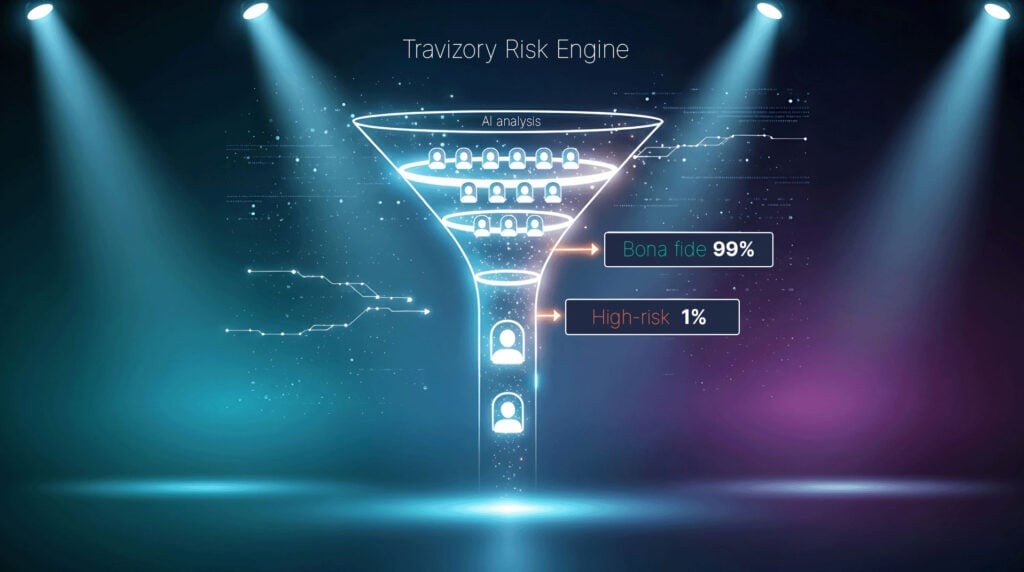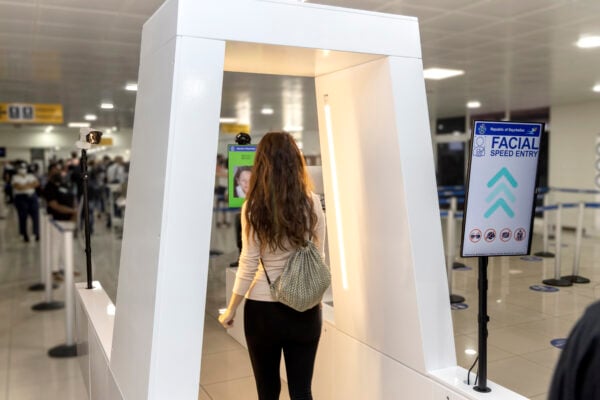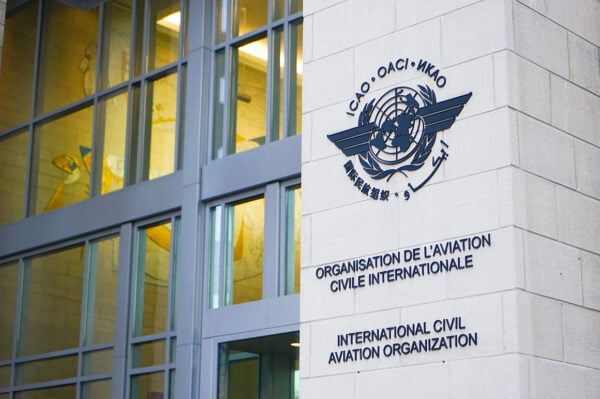Artificial Intelligence (AI) has moved beyond being a buzzword—it is now reshaping the way borders are managed and secured. With international air travel expected to reach 9.4 billion passengers annually by 2040, governments face a growing challenge: balancing tighter security with seamless passenger flows, all while operating under strict budget constraints.
Travizory’s AI-powered BorderTech portfolio provides the toolkit to achieve this. It enables governments to process unprecedented volumes of traveler data in real time, spotting risks more quickly and freeing border officers to focus on meaningful interventions. For countries where every dollar spent on infrastructure matters, AI-powered border control solutions allow modernization without billion-dollar investments.
Smarter Screening Through AI and Visitor Management Platforms
Using AI-powered systems enables governments to pre-clear low-risk passengers, allowing them to concentrate their human resources on potential threats. Instead of being bottlenecks, borders become intelligent filters—streamlining legitimate travel while intercepting risks earlier.
Analysing Data at Scale with BorderTech
Governments routinely collect vast amounts of data about people travelling to their borders, from various sources: Advance Passenger Information (API) and Passenger Name Record (PNR) data from carriers, eVisa and Travel Authorisation data from travellers, and watchlist data from international and national institutions, to name a few.
Ensuring these vast amounts of traveler data are reviewed efficiently and effectively is crucial, and AI plays a critical role in this process. Accurate and efficient, AI enables robust screening at scale – leveraging anomaly analysis to identify unusual patterns, predictive profiling to anticipate potential risks, and historical rule generation to continuously refine security protocols. This leads to improved accuracy in identifying threats while streamlining the experience for legitimate travelers.
Importantly, the adoption of AI does not replace manual profiling and vetting by trained border officers. Instead, the two work hand in hand – with AI acting as a first stage review, escalating any anomalies or persons of interest to experience officers who can manually assess the individual and make a final decision. While AI automates many elements of passenger screening, offering greater speed and precision, border officers can focus on the few cases that require their unique experience, ensuring a comprehensive and robust security framework.
Maximising Efficiency and Accuracy
Traditionally, border checks have relied on manual document reviews and human judgment. Today, many of these micro-processes can be automated with technology, such as verifying the authenticity of a passport through an NFC scan, comparing a passport photo to a person on arrival, and validating travel documents. Without AI, each of these actions is time-consuming and prone to human error – but AI changes the equation, adding a layer of predictive analytics and machine learning to evaluate traveler data against multiple inputs: past travel behavior, payment methods, social connections, and even cross-border patterns. This is where a robust visitor management platform becomes crucial.
Facial Biometrics for Remote Identity Verification

Facial recognition, powered by AI, sits at the heart of modern border security offering both convenience and security. Travizory’s FaceLane™ biometric corridor allows travelers to cross borders in seconds while their identity is verified against their pre-travel security profile – and is already proving the model for advanced traveler identity management.
In Seychelles, travelers using FaceLane spend less than 3 seconds passing border control. Immigration officers, once burdened with stamping passports, now focus on higher-risk cases flagged by the system. Similarly, in St. Kitts & Nevis, the FaceLane has driven a 94% reduction in processign times on arrival, vastly improving the airport experience while ensuring accurate identification of who enters and exits the country.
Beyond Borders: Intelligence Hubs and Traveler Identity Management
Borders are no longer just physical checkpoints. With AI, they become real-time intelligence hubs, gathering and analyzing data that improves national security. By fusing ETA or eVisa data with biometrics and travel patterns, AI can spot anomalies long before they become threats. This enhanced traveler identity management is vital for national security.
At the same time, travelers experience a frictionless journey. The combination of efficiency, convenience, and safety is exactly what the modern passenger expects—and what governments must deliver.
Ethical AI & Human Rights
Travizory is committed to the responsible and ethical use of AI across our platform. While AI is used to flag anomalies or refer persons of interest for further examination, decision-making powers rest solely with human Border Officers, who may decide to permit or deny travel based on manual review. This ensures that all travellers are treated fairly and justly within the system, and prevents automated denials based on AI analysis.
Conclusion
AI is not just enhancing borders—it is redefining them. By turning static checkpoints into dynamic intelligence networks, governments can ensure both safety and convenience at scale. With SaaS models and advanced BorderTech, they can achieve this without straining public budgets.
For countries willing to embrace AI, the future is clear: safer, smarter, and more seamless borders using technology to elevate manual processes and enhance the work of Border Officers.


